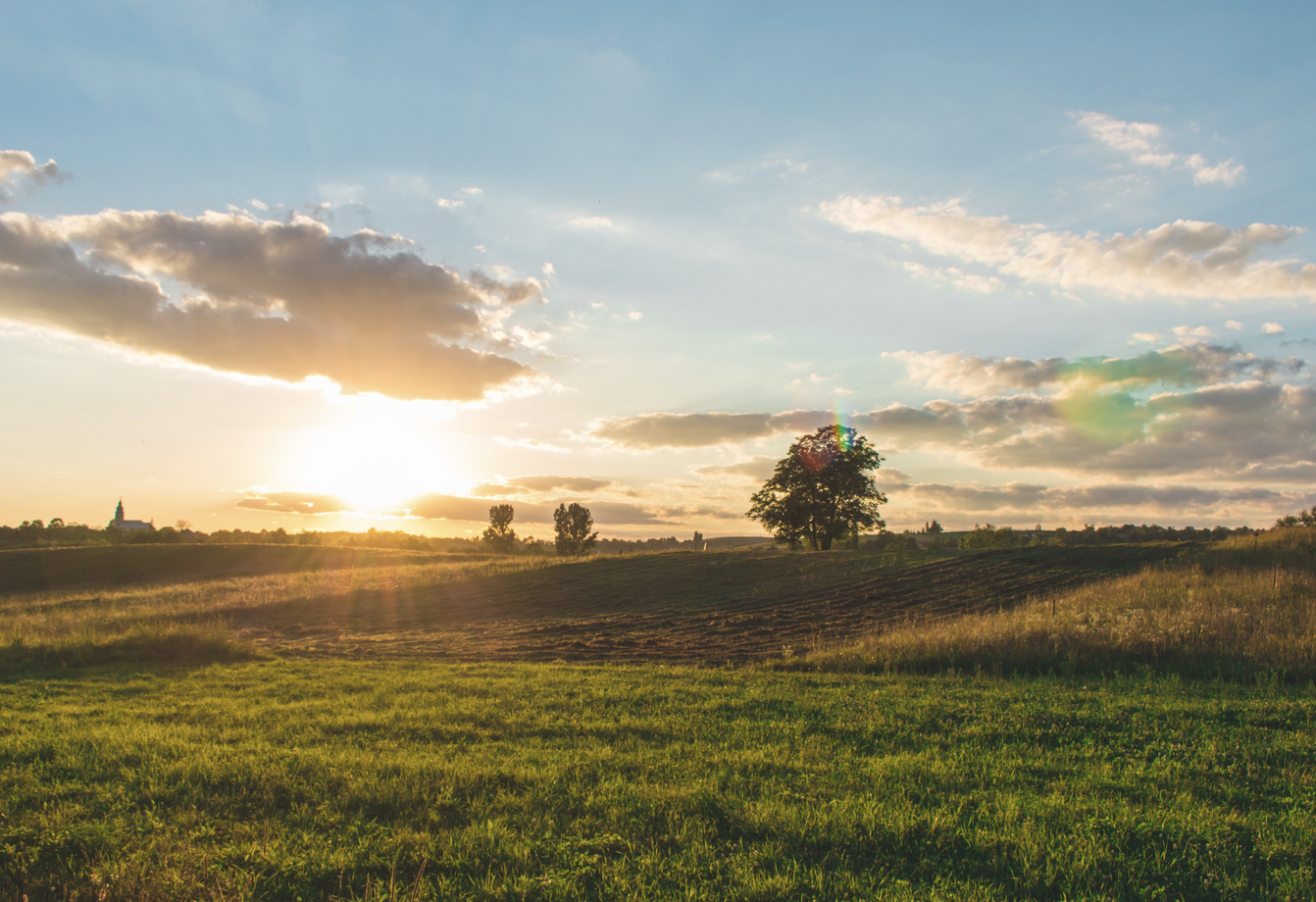Reduction may be achieved by reducing nutrients entering the catchment from other sources (largely closure or restriction of livestock units but may also be via additional buffers alongside water courses) or via removal from the water course. Reedbeds are the main means of nutrient removal. However, nitrogen removal is significantly greater than the removal of phosphorus. The low level of nutrient in the water means that removal is low compared with typical crop offtake.
Many agents and planning authorities refer to P and N credits (i.e. payments) per kg of each nutrient but there are no universally applicable values. Ultimately the value is determined by the ability to supply and the demand. Where supply is limited the value is determined by the cost of any alternative action (such as on site removal, a tank and pumped removal or to build elsewhere). Economically more valuable properties can afford to pay more. The cost of alternative solutions is high and potentially at least £10k per housing unit for small developments and around £5-6k on average. There is likely to be further payments for management over the project life of at least 80 years.


